Himitsu no Akko chan
8 /10 1 Votes
Director Yasuhiro Kawamura | ||||||||||||||||||||||||||||||||||
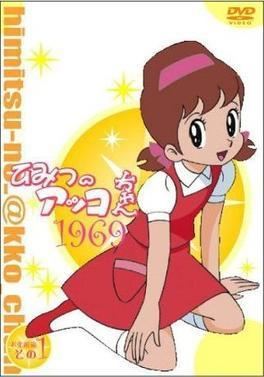 | ||||||||||||||||||||||||||||||||||
Release date September 1, 2012 (2012-09-01) | ||||||||||||||||||||||||||||||||||
Himitsu no akko chan tv spot 2 patterns
Himitsu no Akko-chan (ひみつのアッコちゃん, The Secrets of Akko-chan) is a popular pioneering magical girl manga and anime that ran in Japan during the 1960s.
Contents
- Himitsu no akko chan tv spot 2 patterns
- Himitsu no akko chan 2 ed dont you 1988
- Plot
- Heroines name
- 1969
- 1988
- 1998
- 2012
- Foreign distribution
- References
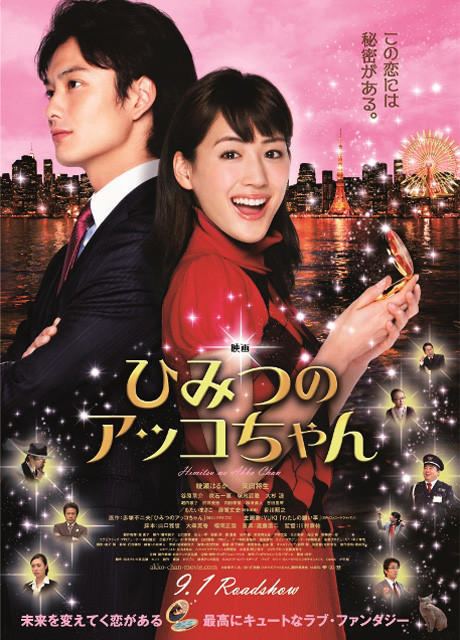
The manga was drawn and written by Fujio Akatsuka, and was published in Ribon from 1962 to 1965. It predates the Mahōtsukai Sunny (whose name became Sally in the Mahōtsukai Sally anime) manga, printed in 1966. However, that title is the first magical girl anime as Himitsu no Akko-chan was not broadcast until 1969.
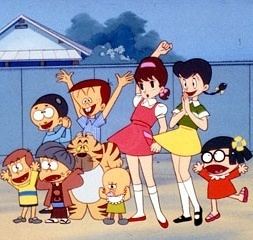
The original anime ran for 94 episodes from 1969 to 1970. It was animated by Toei Animation and broadcast by TV Asahi (then known as NET). It has been remade twice, in 1988 (61 episodes, featuring Mitsuko Horie in the role of Akko-chan and singing the opening and ending themes) and in 1998 (44 episodes).
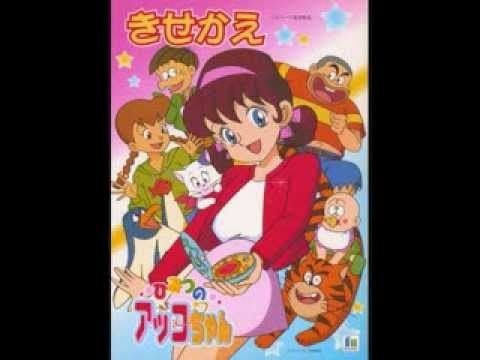
Four movies were produced. Circus Da Ga Yattekita in 1969, Namida no Kaiten Receive in 1970, and Himitsu no Akko-chan Movie and Umi da! Obake da!! Natsu Matsuri both released in 1989. It was adapted into a live action film released in September 1, 2012.
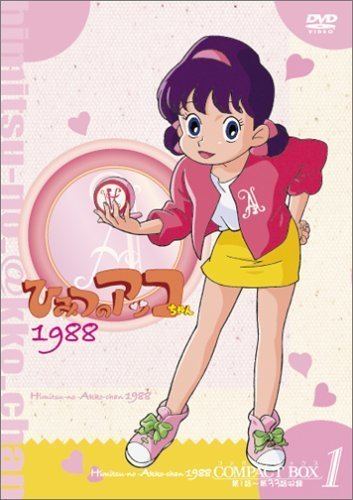
Himitsu no akko chan 2 ed dont you 1988
Plot
Atsuko Kagami is a childlike, arrogant elementary school girl who has an affinity for mirrors. One day, her favorite mirror which was given to Akko by her mother (or in some versions, by her father, as a present from India) is broken, and she prefers to bury it in her yard rather than throw it to the trash can.
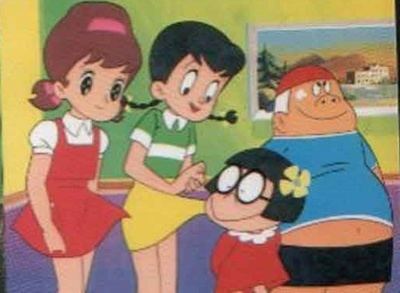
In her dreams, she is contacted by a spirit (or in some cases the Queen of the Mirror Kingdom) who is touched that the girl would treat the mirror so respectfully and not simply throw it away. Akko-chan is then given the gift of a magical mirror and taught enchantments, "tekumaku mayakon, tekumaku mayakon" and "lamipus lamipus lu lu lu lu lu," that will allow her to transform into anything she wishes.
Heroine's name
Atsuko Kagami is often called Akko-chan for short. 鏡アツ子, from the name 加賀美あつ子 but with the family-name part 加賀美, "Kagami", replaced by 鏡. In Japanese, kagami means mirror. She is known as "Stilly," "Caroline," or "Julie" in Western versions of the anime.
1969
1988
1998
2012
Foreign distribution
The only media in the franchise to be officially translated into English is the 1980s run of the manga, translated as Akko-Chan's Got a Secret! Otherwise largely unknown in the English-speaking world, Himitsu no Akko-chan enjoyed a good deal of success when it was exported to the European market in the 1980s. All three Akko-chan series have been screened on TV in Italy.
